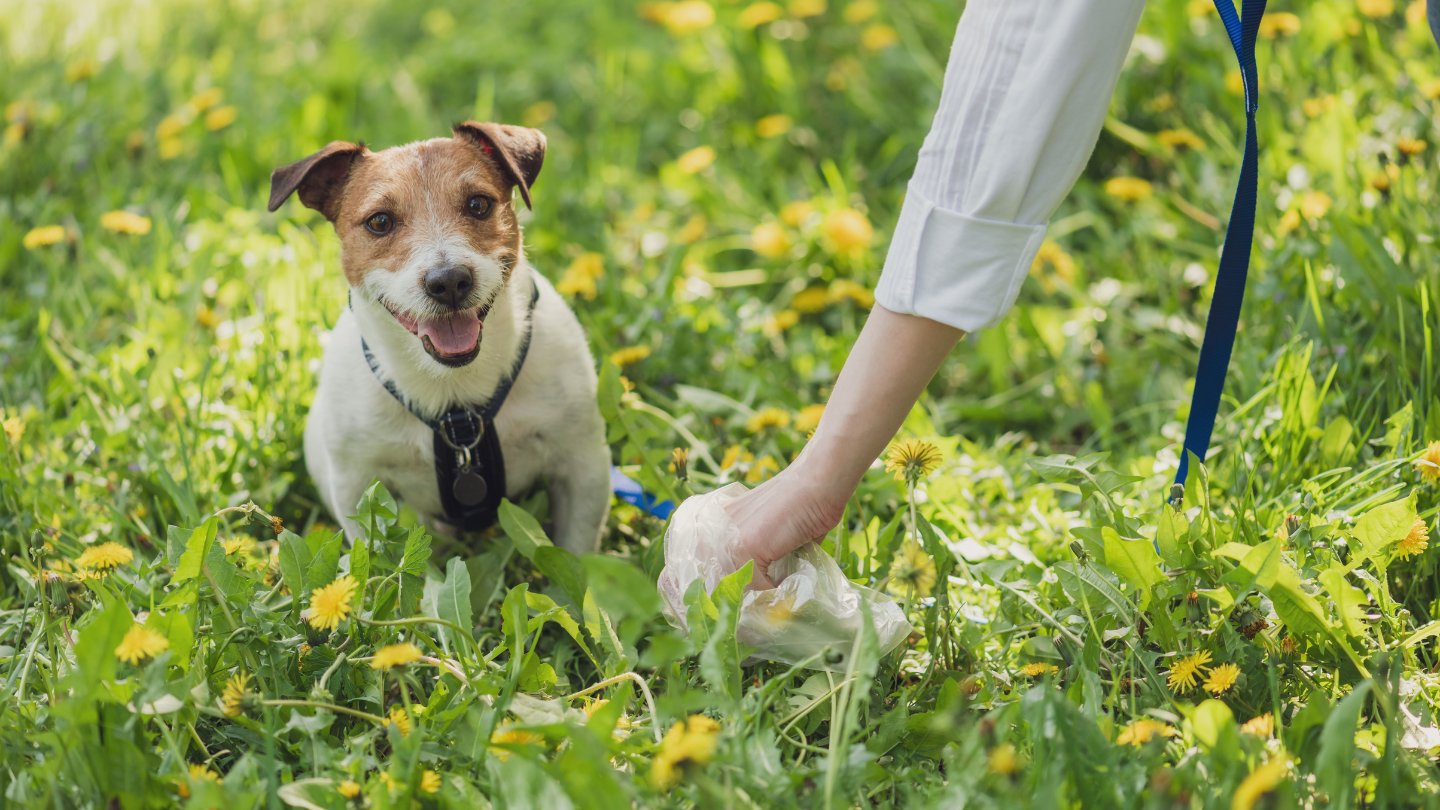

Articles
How To Store Dog Stool Sample
Modified: December 7, 2023
Learn how to properly store dog stool samples with our informative articles. Ensure accurate results for veterinary testing and diagnosis.
(Many of the links in this article redirect to a specific reviewed product. Your purchase of these products through affiliate links helps to generate commission for Storables.com, at no extra cost. Learn more)
Introduction
Welcome to the world of dog ownership, where unexpected adventures and responsibilities come hand in hand. As a pet parent, you are bound to encounter various moments that will require your attention and care. One such instance is when your furry friend needs a stool sample to be collected and stored.
While it may not be the most glamorous aspect of pet ownership, storing a dog’s stool sample is a crucial part of maintaining their health and well-being. It serves as a valuable diagnostic tool for veterinarians to identify any underlying health issues and formulate appropriate treatment plans.
In this article, we will discuss the importance of storing a dog’s stool sample, the steps involved in preparing for sample collection, selecting the right storage container, the process of collecting the sample, proper labeling techniques, and the best ways to store and transport the sample to the vet.
So, let’s delve into the world of dog stool samples and learn how to handle them with ease and efficiency!
Key Takeaways:
- Properly storing a dog’s stool sample is crucial for maintaining their health. It provides valuable diagnostic information, aiding in the early detection and treatment of potential health issues, ensuring your furry friend lives a happy and healthy life.
- When collecting and storing a dog’s stool sample, consult with your veterinarian, choose the right storage container, and ensure proper labeling. Storing the sample in the refrigerator and following specific transportation guidelines are essential for accurate analysis and diagnosis.
Read more: How To Store A Dog Stool Sample
Importance of Storing Dog Stool Sample
Collecting and storing a dog’s stool sample may seem like a mundane task, but it plays a vital role in maintaining their overall health. A stool sample provides valuable insights into your dog’s digestive system, indicating any potential health issues such as parasites, infections, or gastrointestinal disorders.
By regularly monitoring your dog’s stool, you can detect any abnormalities early on, allowing for prompt intervention and treatment. It is particularly crucial for puppies who are more susceptible to parasitic infections and may require deworming.
When you take your dog to the veterinarian with concerns about their digestive health, one of the first things they may request is a stool sample. This sample serves as a diagnostic tool, providing essential information that helps veterinarians make an accurate diagnosis and prescribe the appropriate treatment plan.
Storing the stool sample allows your veterinarian to thoroughly analyze it for any potential issues, such as the presence of parasites, blood, mucus, or abnormal bacteria. The examination of the sample helps identify the underlying cause of symptoms like diarrhea, vomiting, weight loss, or poor appetite.
In addition to diagnosing existing health problems, storing a dog’s stool sample also enables preventive care. Regularly monitoring your dog’s stool can help detect any early signs of health issues, allowing for proactive measures to be taken. For example, if parasites are detected in the sample, prompt treatment can be administered to prevent further complications and keep your dog in optimal health.
Overall, storing a dog’s stool sample provides a comprehensive assessment of their digestive health and aids in maintaining their overall well-being. It allows for timely detection and treatment of potential health issues, ensuring that your furry companion lives a happy and healthy life.
Preparing for Sample Collection
Before collecting a stool sample from your dog, it is essential to make some preparations to ensure a successful and hygienic collection process.
1. Consult with your veterinarian: If your dog is experiencing digestive issues or if you suspect any health concerns, it is advisable to consult with your veterinarian first. They can provide guidance on the best collection method and any specific instructions tailored to your dog’s needs.
2. Determine the collection method: There are different methods for collecting stool samples from dogs. Your veterinarian may recommend using a clean plastic bag or a disposable container. Alternatively, they may provide you with a specialized kit that includes a collection device and instructions.
3. Gather the necessary supplies: To ensure a smooth collection process, gather all the necessary supplies beforehand. These may include gloves, plastic bags or containers, paper towels, and disinfectant wipes.
4. Choose an appropriate collection spot: Select a suitable location for sample collection. It should be an area that is easily accessible for your dog, such as their designated outdoor potty area. Make sure the spot is clean and free from any distractions.
5. Prepare your dog: Before collecting the sample, it is crucial to ensure your dog is comfortable and relaxed. Take them outside for a walk or engage in playtime to encourage bowel movement. However, avoid giving them any substances that may alter the consistency or appearance of the stool, such as medication or supplements, unless otherwise instructed by your veterinarian.
6. Maintain cleanliness: Proper hygiene is crucial throughout the entire sample collection process. Wear disposable gloves to protect yourself from any potential pathogens. After collecting the sample, clean the collection area with disinfectant wipes to prevent contamination.
7. Plan for prompt storage: Timing is important when dealing with stool samples. Collect the sample as soon as possible after your dog defecates to ensure its freshness and accuracy. Have the storage container ready in advance to minimize any delays.
By following these preparation steps, you can ensure a smooth and successful stool sample collection process. It is important to remember that every dog may have unique requirements, so consult with your veterinarian for any specific instructions or considerations.
Choosing the Right Storage Container
When it comes to storing a dog’s stool sample, selecting the right storage container is crucial to maintain sample integrity and prevent contamination. Here are some factors to consider when choosing the appropriate storage container:
1. Airtight and leakproof: Choose a container that is airtight and leakproof to ensure the sample remains intact and does not spill or leak during storage and transportation. This helps preserve the quality of the sample and prevents any cross-contamination.
2. Disposable vs. reusable: Depending on your preferences and convenience, you can opt for disposable or reusable storage containers. Disposable containers are convenient since you can discard them after use, eliminating the need for cleaning. Reusable containers can be washed and sanitized for future use, reducing waste.
3. Size and capacity: Consider the size and capacity of the storage container based on the amount of stool you anticipate collecting. Ensure that the container is spacious enough to accommodate an adequate sample size while leaving enough room for proper handling and sealing.
4. Material: Choose a storage container made of a durable and hygienic material, such as plastic or glass. Make sure the material does not interact with the sample, altering its integrity or affecting any subsequent tests that may be performed on it.
5. Clear and labeled: Opt for a transparent container that allows easy visibility of the sample. This ensures accurate identification and prevents confusion. Additionally, consider using containers that come with spaces for labeling important information such as your dog’s name, date and time of collection, and any other relevant details requested by your veterinarian.
6. Easily sealable: The container should have a secure and easy-to-use sealing mechanism. This helps prevent any accidental openings and keeps the sample safely contained. It is best to choose containers with screw-top lids or snap-on covers for secure sealing.
Remember to consult with your veterinarian for any specific recommendations or requirements when it comes to choosing the right storage container for your dog’s stool sample. By selecting an appropriate container, you can ensure the integrity of the sample and provide accurate information for diagnostic purposes.
Collecting the Stool Sample
Collecting a stool sample from your dog may seem like a daunting task, but with proper technique and precautions, it can be done efficiently. Here’s a step-by-step guide to help you collect a stool sample:
1. Wear disposable gloves: Start by wearing disposable gloves to maintain hygiene and protect yourself from any potential pathogens present in the stool.
2. Choose the collection method: Use a clean plastic bag, a disposable container, or any other collection device recommended by your veterinarian. Alternatively, you can use a poop scoop or a clean plastic spoon to collect a portion of the stool.
3. Collect a fresh sample: As soon as your dog defecates, collect a portion of the stool. Aim to gather a sample that represents the consistency and appearance of the entire stool. Avoid collecting only urine or grass alongside the stool.
4. Scoop from different parts: If the stool is large or scattered, collect samples from different parts to ensure a representative sample. This helps increase the accuracy of any diagnostic tests that may be performed on the sample.
5. Avoid contamination: Be cautious not to touch the stool with your bare hands or contaminate it with dirt or debris. Collect the sample directly into the chosen storage container to minimize any potential contamination.
6. Seal the container: Once you have collected the stool sample, carefully seal the container to ensure it is airtight and leakproof. Double-check the lid or cover to prevent any leakage during transportation.
7. Clean up: After collecting the sample, remove your gloves and dispose of them properly. Clean any tools or surfaces that may have come into contact with the stool using disinfectant wipes or a suitable cleaning solution.
It’s important to note that if you’re unable to collect a stool sample immediately, consult with your veterinarian about the best course of action. They may guide you on sample storage techniques or provide an alternative method for collecting the sample.
Remember, the sample should be as fresh as possible to ensure accurate diagnostic results. Prompt collection and appropriate handling of the stool sample is key to obtaining valuable information and aiding in your dog’s diagnosis and treatment.
Store the dog stool sample in a clean, airtight container and refrigerate it if you can’t bring it to the vet immediately. Avoid freezing the sample as it can affect the test results.
Read more: How To Store A Stool Sample For The Vet
Proper Labeling of the Sample
Properly labeling the stool sample is essential to ensure accurate identification and maintain the integrity of the sample. Clear and accurate labeling provides crucial information for both you and your veterinarian. Follow these guidelines for proper labeling:
1. Name and contact information: Clearly write your dog’s name and your contact information on the container. This helps identify the sample and ensures that it can be matched to your dog’s medical records in case of any follow-up discussions or tests.
2. Date and time: Indicate the date and time when the sample was collected. This information is important as it helps your veterinarian establish the timeframe for analysis and evaluate any changes in your dog’s health over time.
3. Additional details: If your veterinarian has provided any specific instructions or requested additional information, make sure to include those details on the label. This may include any symptoms your dog is experiencing or specific concerns you want to address.
4. Use waterproof marker or label: Ensure that the label is written using a waterproof marker or use a waterproof label. This prevents the information from smudging or getting erased, especially if the sample needs to be refrigerated or stored for an extended period.
5. Affix the label securely: Ensure that the label is affixed securely to the container. This prevents any accidental removal or misplacement of the label. If using a label, make sure it covers the container completely, leaving no room for confusion or accidental mix-ups.
By properly labeling the stool sample, you provide crucial information that helps your veterinarian accurately identify and handle the sample. This ensures that the sample is correctly associated with your dog’s medical records and allows for effective communication and follow-up discussions regarding your pet’s health.
Storing the Sample in the Refrigerator
Once you have collected and properly labeled the stool sample, it’s important to store it correctly to maintain its integrity until you can transport it to your veterinarian. The refrigerator is the ideal place to store the sample as it helps preserve its freshness and prevents the growth of bacteria. Here are some guidelines for storing the sample in the refrigerator:
1. Choose a designated area: Select a specific spot in your refrigerator to store the sample. This helps prevent any potential cross-contamination with food items or other items in your fridge. Dedicate a small section or use a sealed container to store the sample separately.
2. Keep the sample airtight: Ensure that the container holding the sample is tightly sealed to maintain its freshness and prevent any odor from permeating the refrigerator. This also minimizes the risk of contamination from other substances in the fridge.
3. Avoid storing the sample with food: It’s important to keep the sample away from any food items in the refrigerator. Store it on a separate shelf or in a designated area to prevent any accidental contact or mix-up with edibles.
4. Maintain a consistent temperature: Keep the refrigerator at a consistent temperature to ensure optimal preservation of the sample. Fluctuating temperatures can affect the quality of the sample and may compromise the accuracy of any subsequent tests conducted on it.
5. Follow storage guidelines: Different veterinary clinics may have specific instructions for storing stool samples. If your veterinarian has provided any specific guidelines, make sure to follow them carefully to ensure the sample remains viable for testing.
6. Minimize storage time: Whenever possible, try to transport the sample to your veterinarian as soon as possible. Although storing the sample in the refrigerator helps preserve its quality, it is still advisable to minimize the storage time to maintain the accuracy of any diagnostic tests.
Remember to consult with your veterinarian for any specific storage instructions or recommendations based on their clinic’s protocols. Properly storing the stool sample in the refrigerator helps preserve its freshness and allows for accurate analysis, ultimately aiding in the diagnosis and treatment of your dog’s health concerns.
Alternative Storage Options
While storing a dog’s stool sample in the refrigerator is the preferred method, there may be situations where alternative storage options are necessary. Here are a few alternatives to consider:
1. Freezer: If you are unable to transport the sample to your veterinarian immediately or if they have specifically instructed freezing the sample, you can store it in the freezer. Freezing the sample helps preserve it for a longer period and inhibits the growth of bacteria. However, be sure to consult with your veterinarian before freezing the sample, as some tests may require fresh samples.
2. Sample preservation kit: Some veterinary clinics provide specialized sample preservation kits. These kits include preservatives that help maintain the sample’s integrity even without refrigeration. Follow the instructions provided in the kit to ensure proper preservation of the sample until it can be brought to your veterinarian.
3. Coolers or insulated containers: If you need to transport the sample over a long distance or if immediate access to a refrigerator is not possible, consider using a cooler or insulated container with ice packs. This can help maintain a colder temperature for the sample, slowing down bacterial growth until you can reach a suitable storage facility.
4. Consult your veterinarian: If none of the above options are feasible or if you have any concerns about storing the sample, it is always best to consult your veterinarian. They can provide specific instructions based on the type of test required and the sample’s stability under different storage conditions.
It’s important to note that while alternative storage options can be helpful in certain situations, they should be used as a temporary measure. Whenever possible, try to transport the sample to your veterinarian as soon as possible, as fresh samples are generally preferred for accurate diagnostics.
Always remember to communicate with your veterinarian regarding any specific storage requirements or concerns you may have, as they can provide guidance tailored to your dog’s specific situation.
Transporting the Sample to the Vet
Transporting a dog’s stool sample to the veterinarian requires careful handling to ensure its integrity and prevent any contamination. Here are some essential guidelines to follow when transporting the sample:
1. Use a sealed and leakproof container: Ensure that the container holding the stool sample is securely sealed and leakproof to prevent any spills or leakage during transportation. Double-check the lid or cover to ensure it is tightly closed before moving the sample.
2. Keep the sample cool: It’s essential to maintain a cool temperature during transportation to slow down bacterial growth. If you have access to a cooler or insulated container with ice packs, place the sample inside to help maintain a low temperature. However, avoid directly placing the sample in contact with ice packs, as it can alter the integrity of the sample.
3. Separate from food items: Keep the sample separate from any food items or human consumables to avoid cross-contamination. If you’re using a cooler or insulated container, ensure that the sample is stored in a separate compartment or sealed bag, away from any edible items.
4. Follow any specific instructions: If your veterinarian has provided specific instructions for transporting the sample, follow them carefully. This may include using special transport mediums or storing the sample in a particular way to maintain its viability during transit.
5. Minimize transportation time: Aim to transport the sample to the veterinary clinic as soon as possible. Prolonged transportation time can potentially affect the quality of the sample and compromise the accuracy of any diagnostic tests conducted on it. Avoid leaving the sample unrefrigerated for an extended period.
6. Communicate with the veterinary clinic: If you have concerns about the transportation process or if the sample requires immediate attention, communicate with the veterinary clinic in advance. They can provide guidance and make any necessary arrangements to accommodate the time-sensitive nature of the sample.
Remember to drive carefully and avoid any sharp turns or sudden movements that may cause the sample to spill or leak. It’s advisable to place the sealed container in a secure position in your vehicle to prevent any accidental mishaps during transportation.
By following these guidelines, you can ensure that the stool sample arrives at the veterinary clinic in good condition, allowing for accurate analysis and diagnosis of your dog’s health concerns.
Read more: How To Store Cat Stool Sample
Conclusion
Storing a dog’s stool sample may not be the most glamorous aspect of pet ownership, but it holds significant importance in maintaining your dog’s health and well-being. By properly collecting and storing a stool sample, you can provide valuable diagnostic information to your veterinarian, enabling them to identify any underlying health issues and formulate appropriate treatment plans.
In this article, we discussed the importance of storing a dog’s stool sample, emphasizing its role as a diagnostic tool for veterinarians. We explored the process of preparing for sample collection, including consulting with your veterinarian, gathering necessary supplies, and choosing the right collection method and location.
We also delved into the importance of selecting the right storage container and properly labeling the sample to maintain its integrity and ensure accurate identification. Additionally, we highlighted the option of storing the sample in the refrigerator, as well as alternative storage options such as freezing or using sample preservation kits.
To conclude, proper handling and storage of a dog’s stool sample are essential for maintaining the sample’s integrity and providing accurate diagnostic information. By following the guidelines provided, you can play an active role in your dog’s healthcare and assist your veterinarian in identifying and addressing any potential health issues.
Remember, if you have any doubts or specific concerns about handling or storing the stool sample, it’s always best to consult with your veterinarian. They can provide tailored advice based on your dog’s individual needs and ensure that the sample is handled properly from collection to transportation.
So, be proactive in collecting and storing your dog’s stool sample when needed, and rest assured that you are taking the necessary steps to safeguard your furry friend’s health and well-being.
Frequently Asked Questions about How To Store Dog Stool Sample
Was this page helpful?
At Storables.com, we guarantee accurate and reliable information. Our content, validated by Expert Board Contributors, is crafted following stringent Editorial Policies. We're committed to providing you with well-researched, expert-backed insights for all your informational needs.
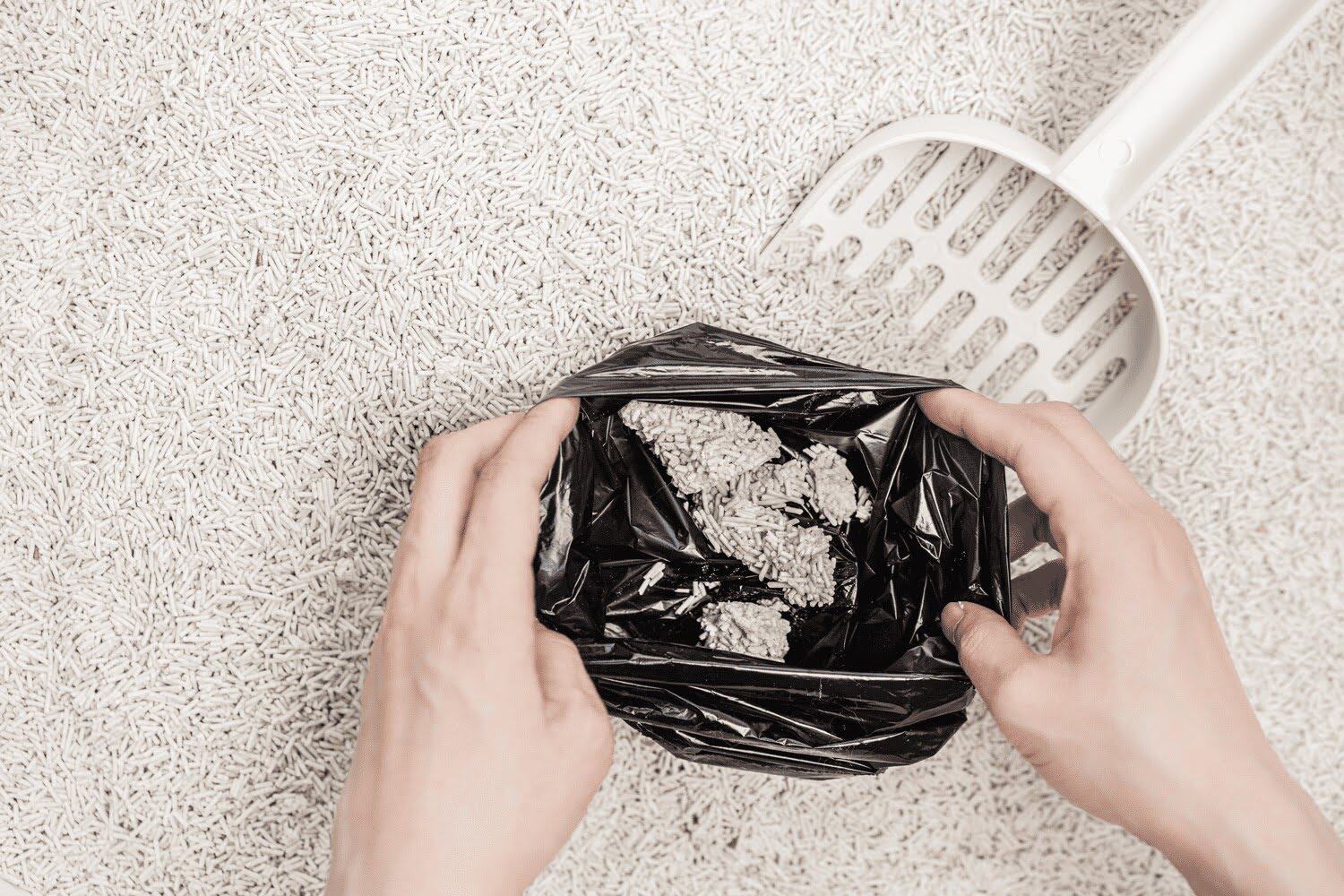
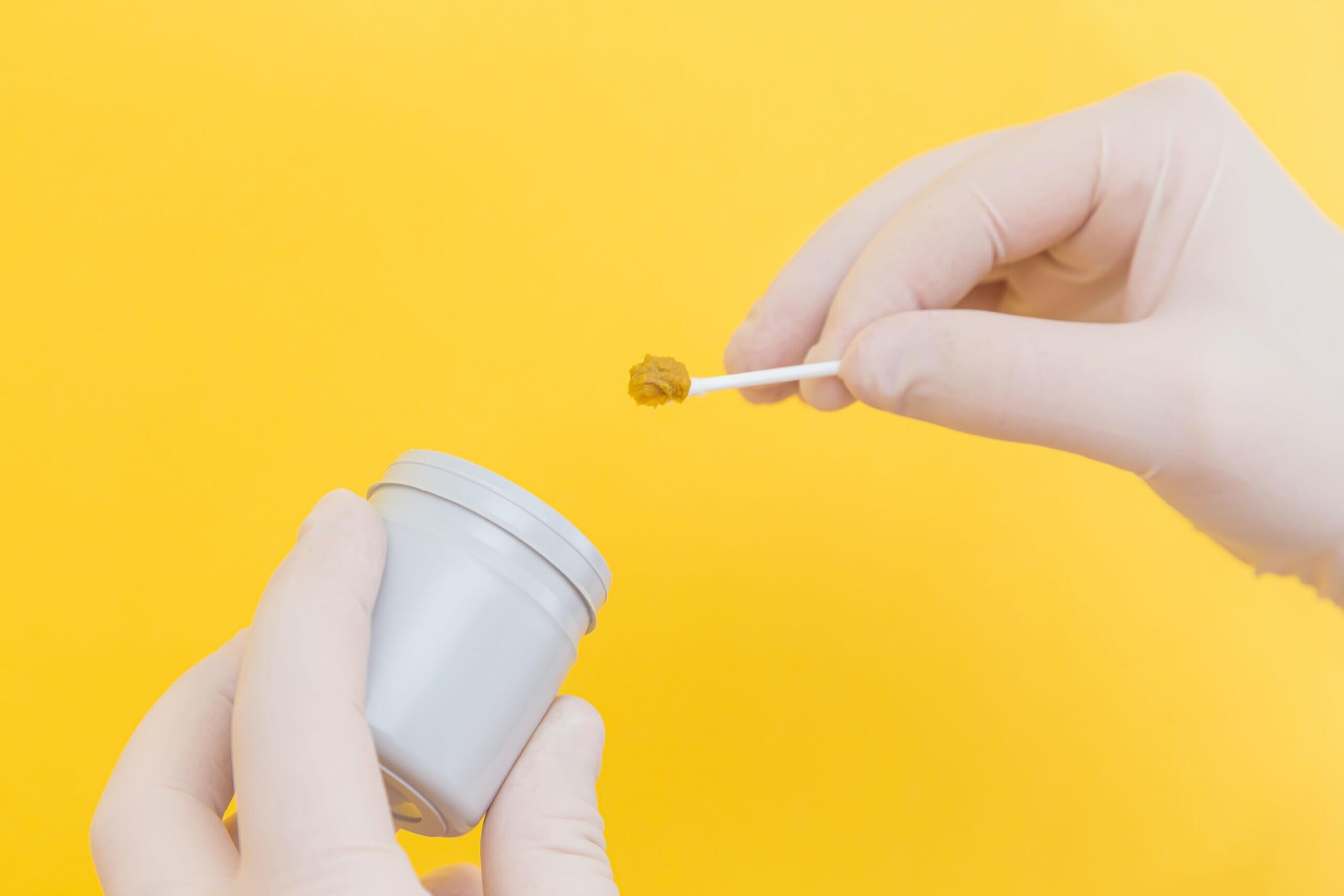
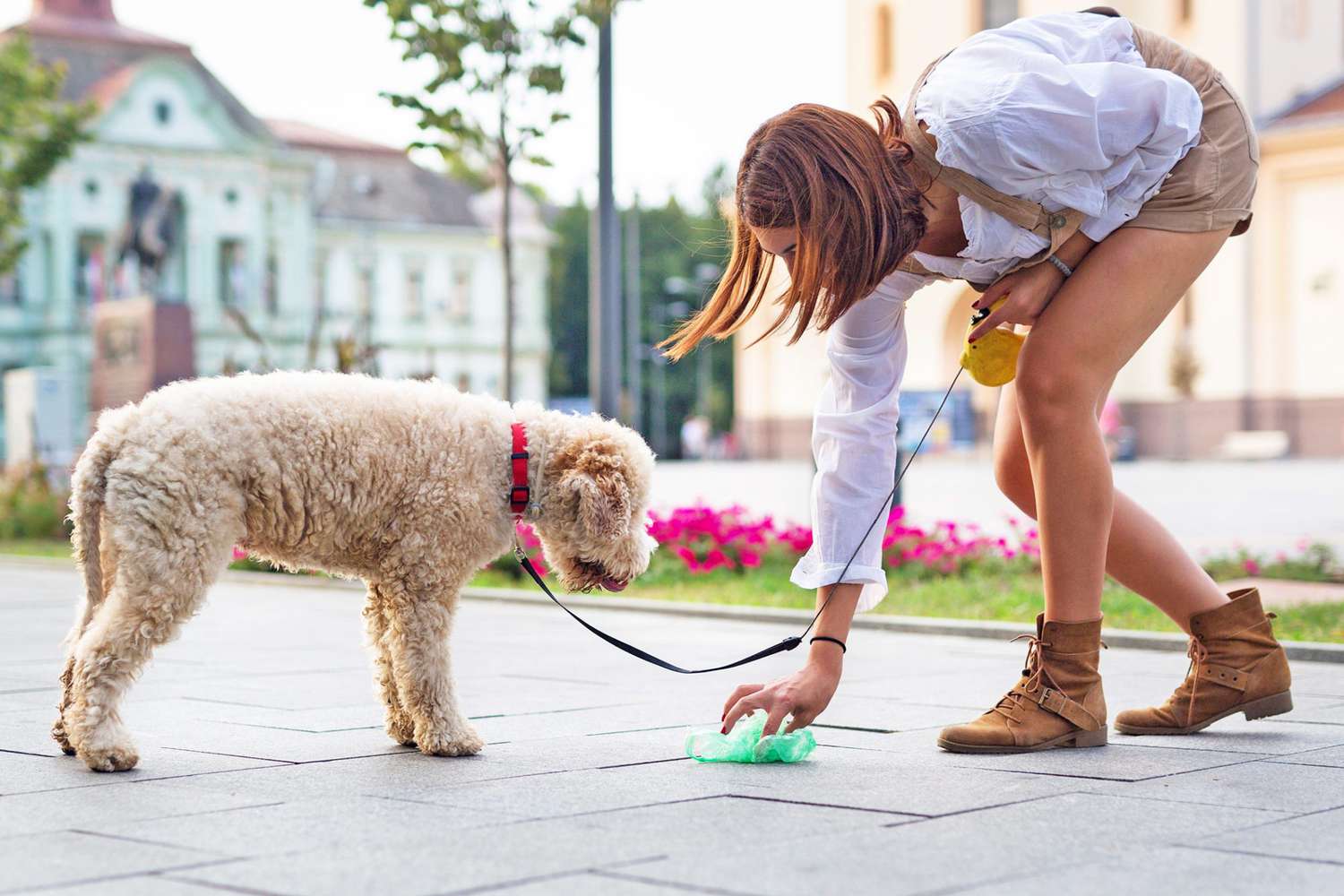

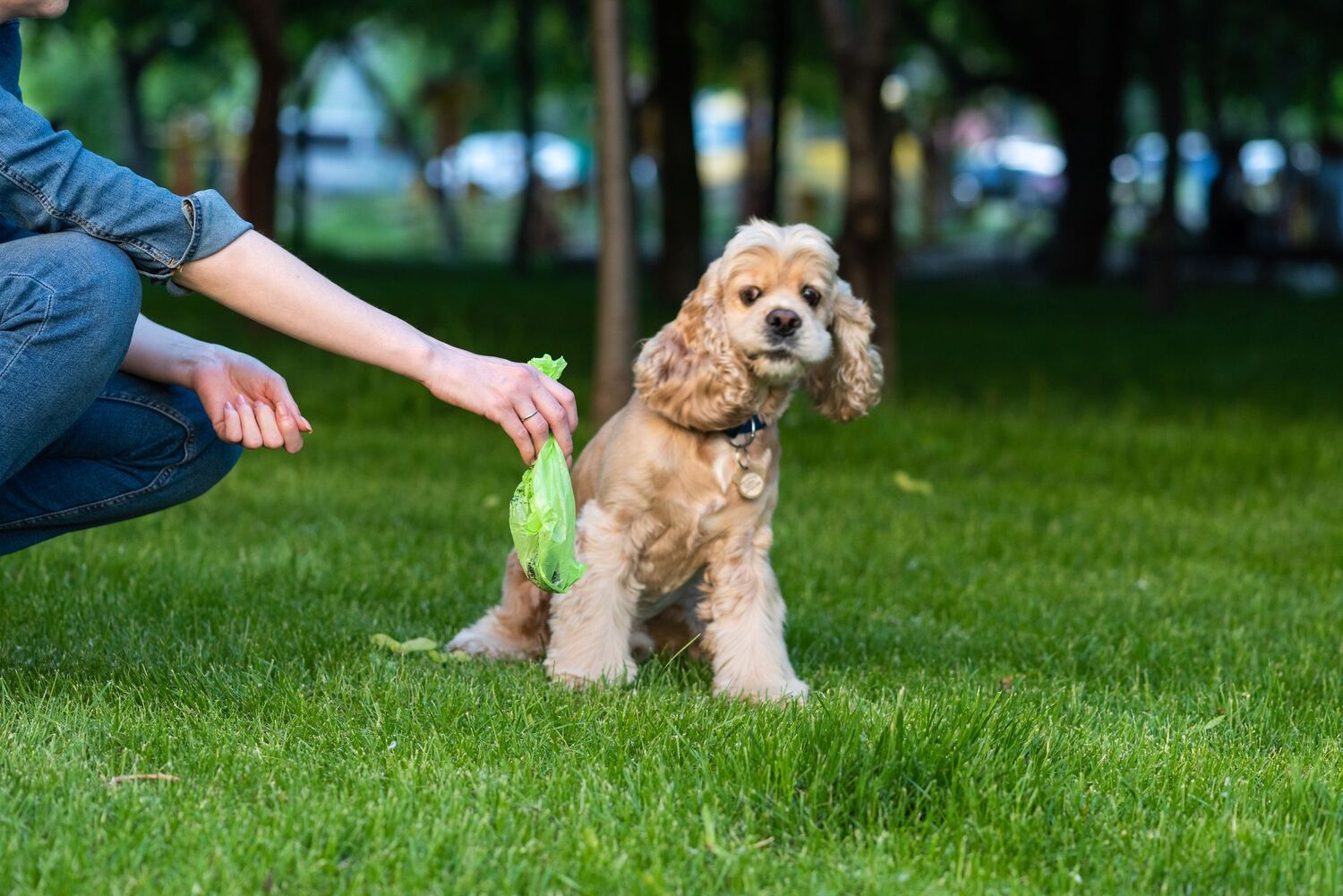
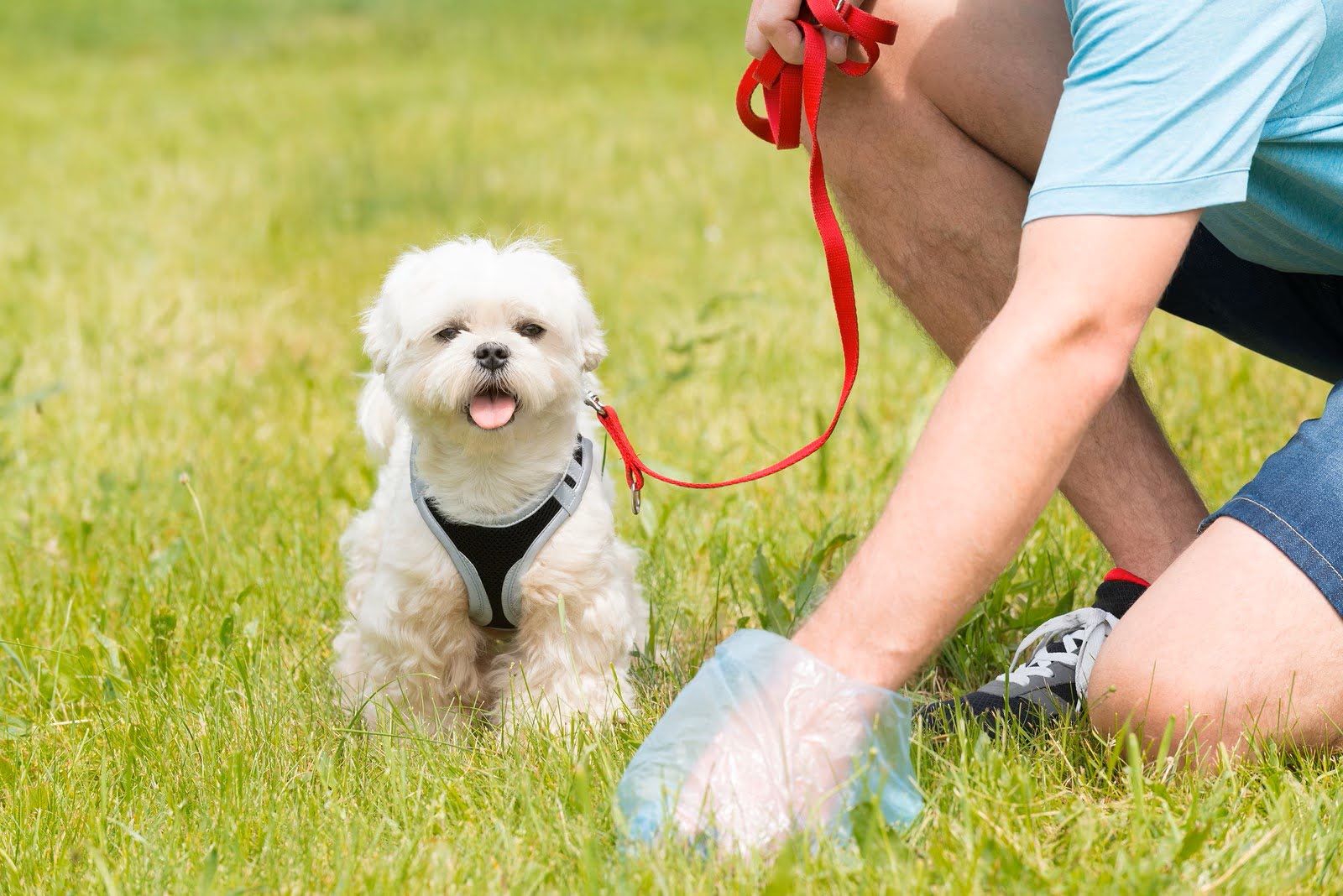

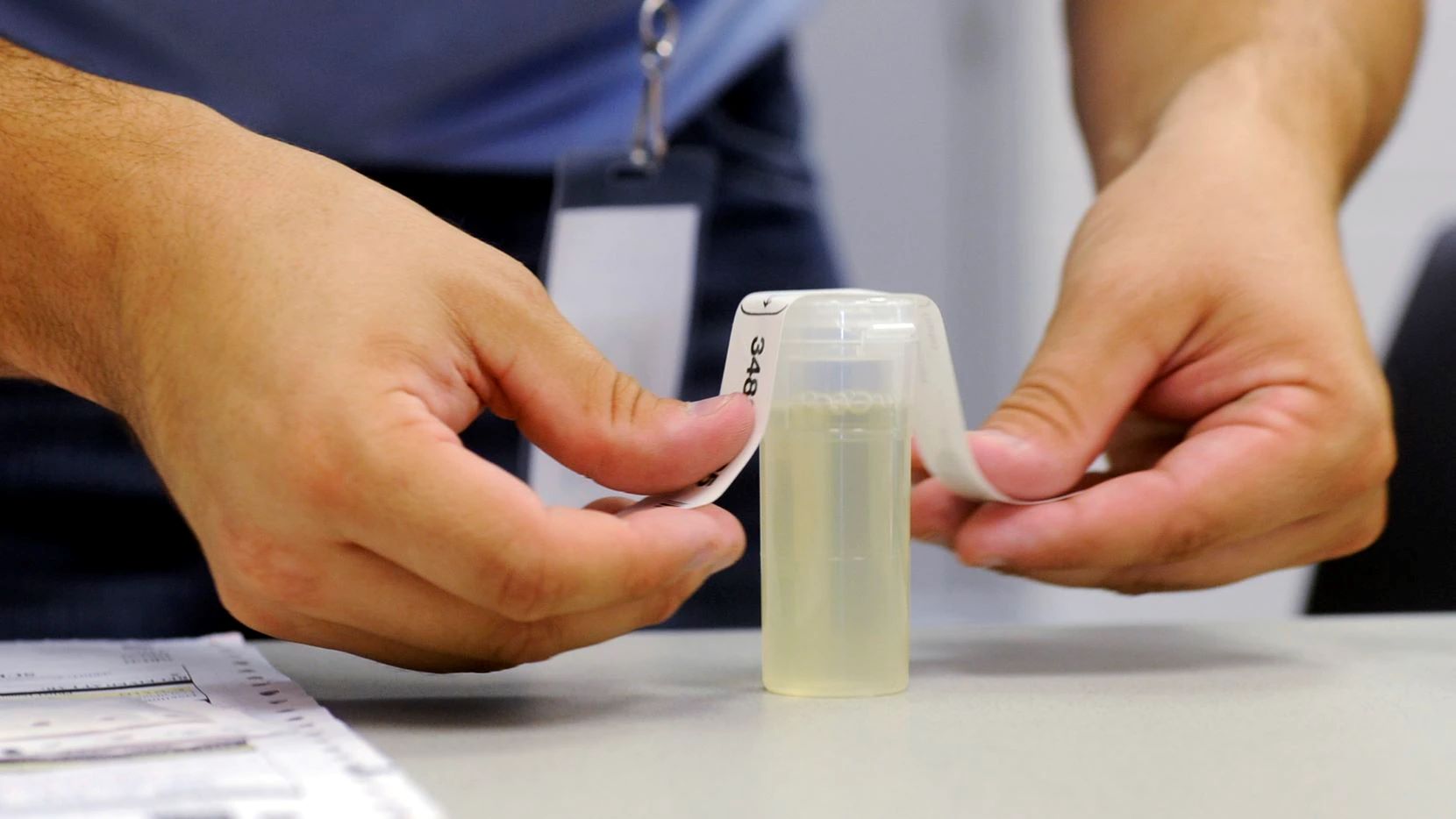

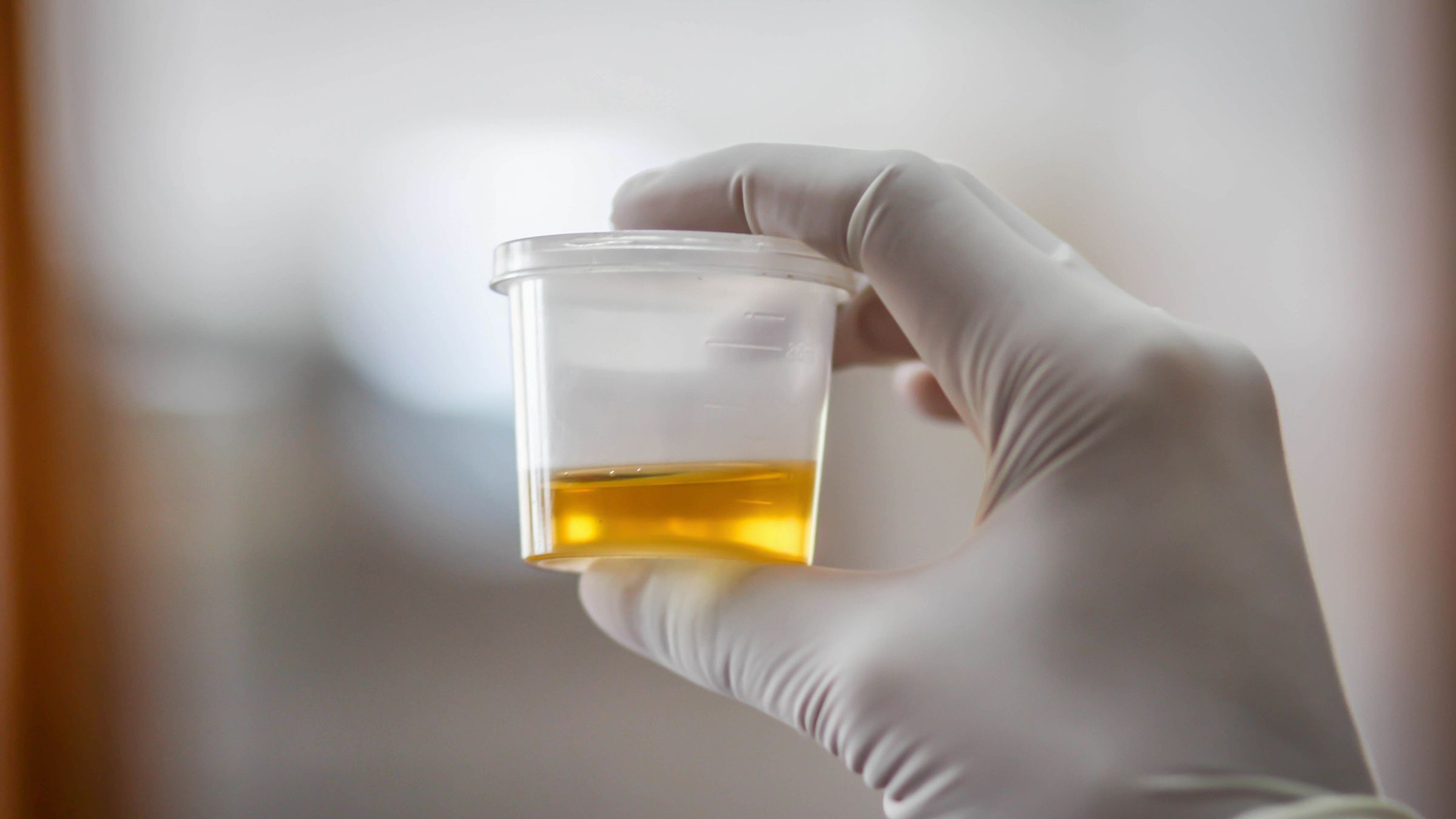
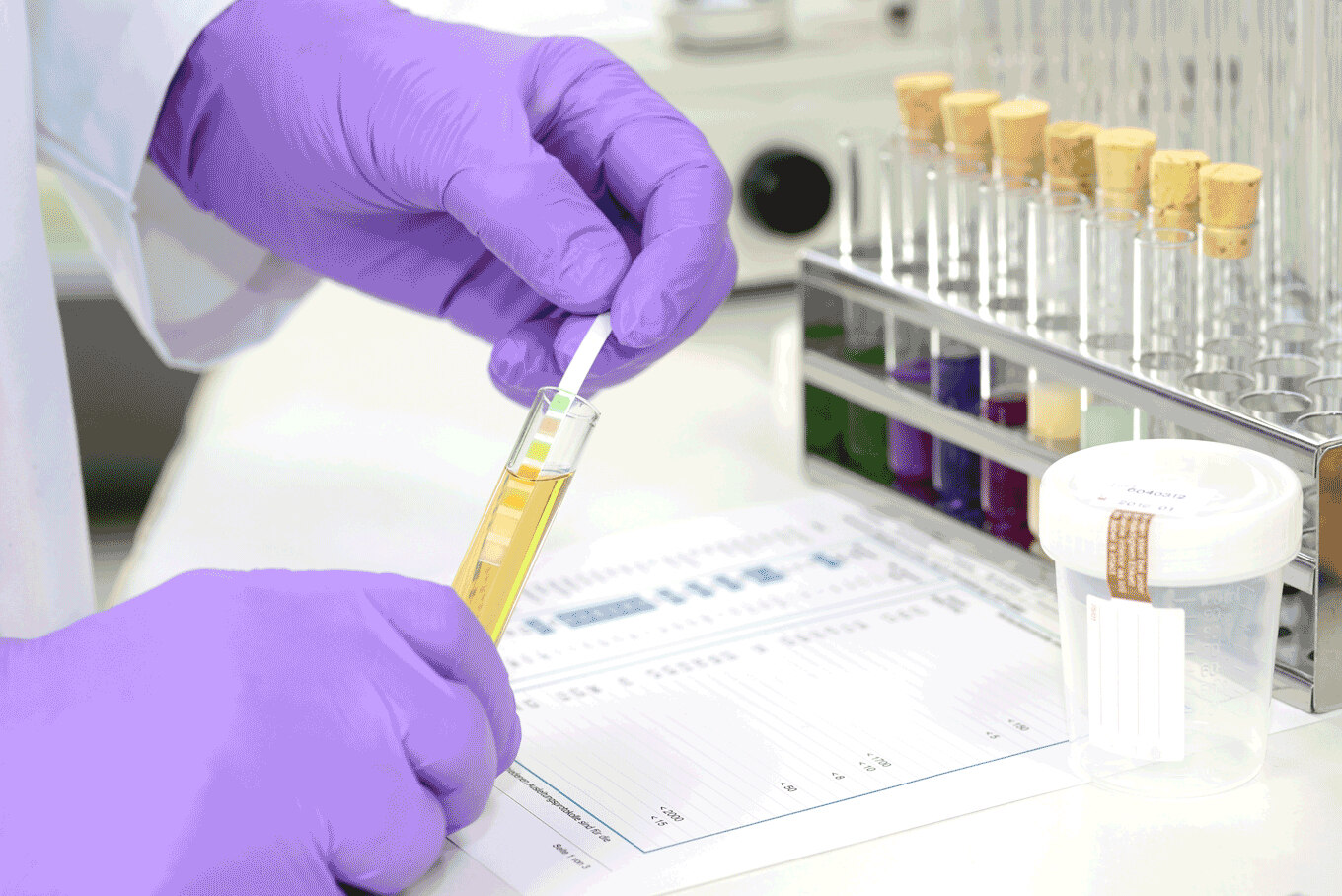
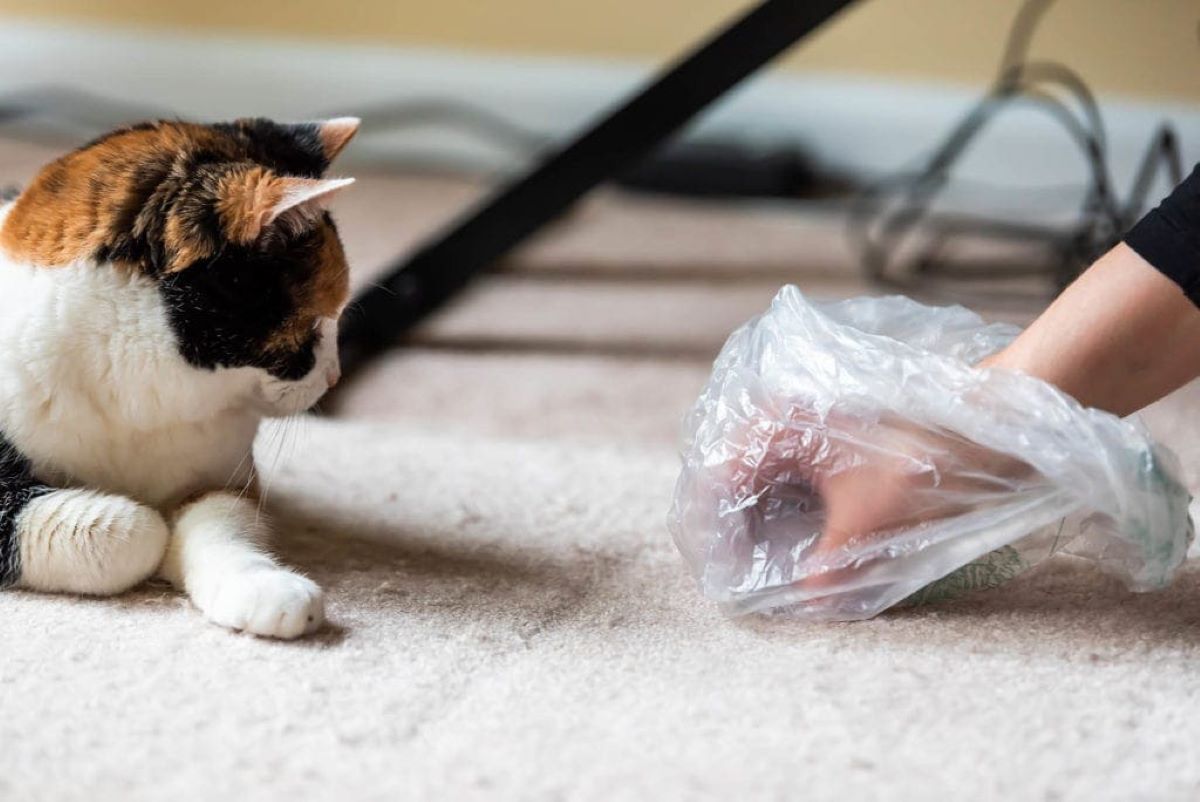
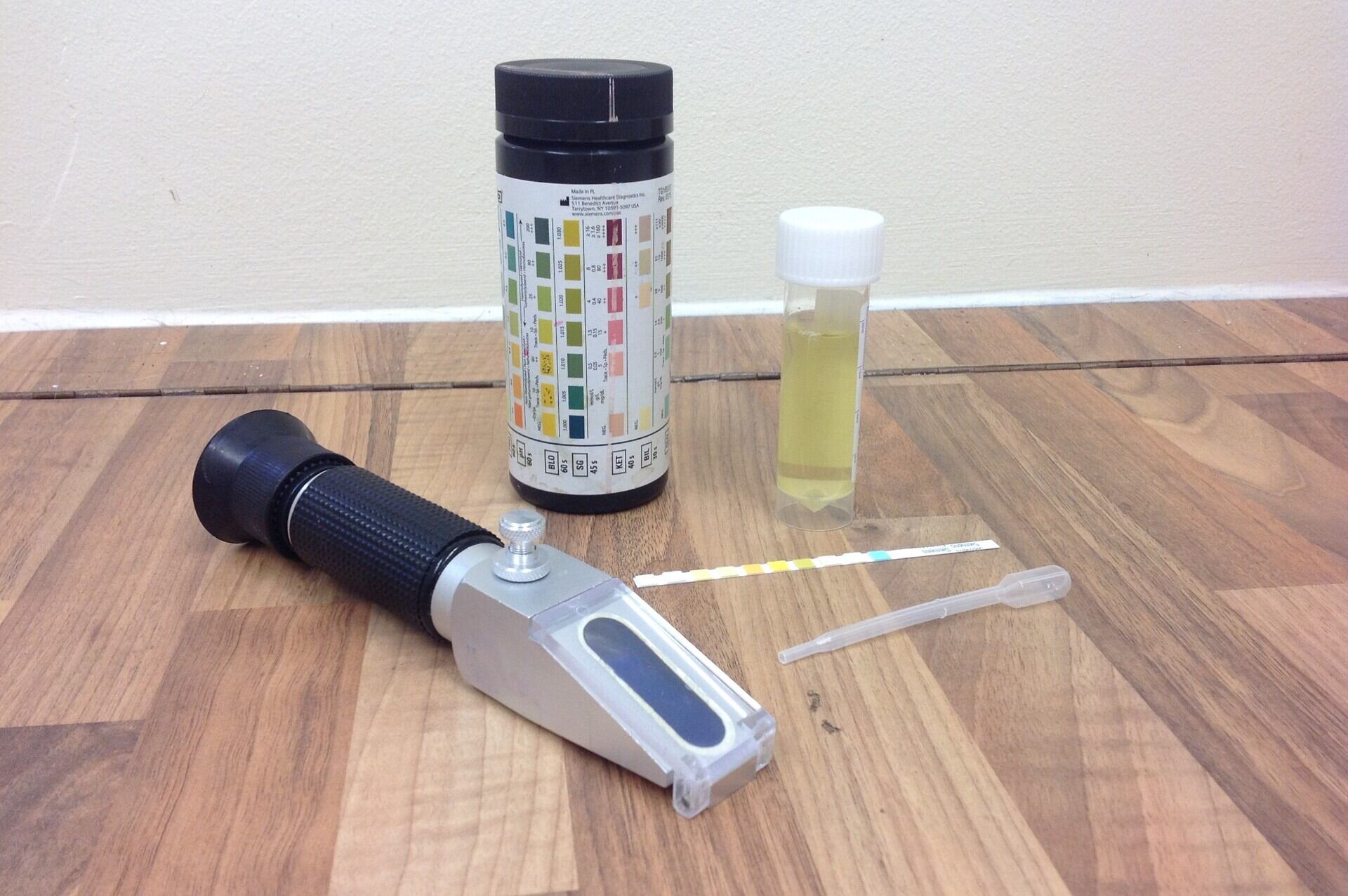

0 thoughts on “How To Store Dog Stool Sample”